5. Devil (2010)
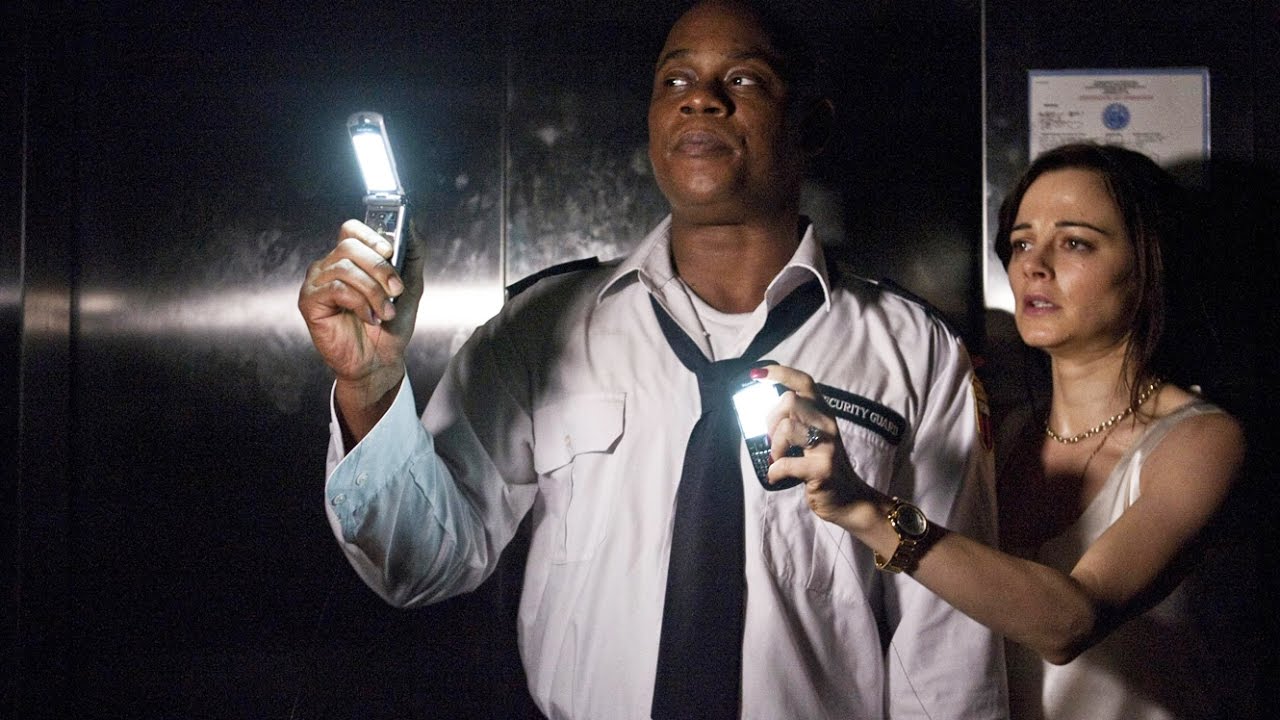
Trapped in: An elevator.
Five strangers become trapped in an elevator in a Philadelphia office tower, after the elevator gets stuck. Events soon take a turn when the strangers realise that one of them is not who they claim to be, and that the devil himself is among them.
Even those without a fear of enclosed spaces can be victim to the anxiety that comes with the thought of an elevator breakdown situation. Taking the fear of a broken elevator with the fear of being trapped in a small space is enough to invoke claustrophobia in most people, Devil plays on both those fears and then ramps it up a notch.
Not only are the characters dealing with those fears, they must also deal with the possibility that the devil incarnate is amongst them. Playing on our real-life fears and anxieties and then adding a horror element means that director John Erick Dowdle creates an effective atmosphere of feeling completely trapped, with nowhere to go and no one you can trust. As the body count increases, so does the sense of confinement.
4. Lifeboat (1944)
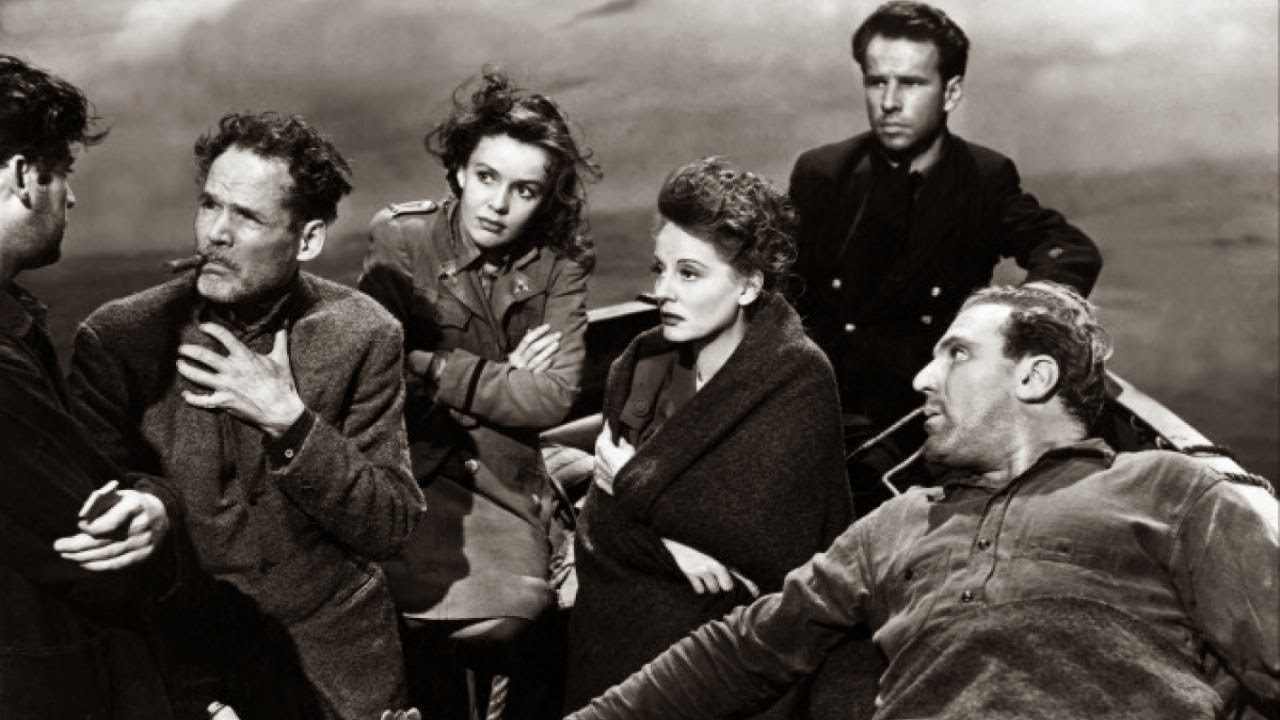
Trapped in: A lifeboat.
After their ship is victim to a naval attack, a group of surviving civilians struggle to reach land in an overcrowded lifeboat. Tensions are further increased when a German Officer is rescued from the water. Soon no one can be trusted and the conflicts come to head, turning things deadly.
Hitchcock brings his mastery of suspense to this sea based thriller which will have claustrophobes, thalassophobes and agoraphobes alike quaking in their boots. The entirety of the action of Lifeboat takes place aboard the confines of a small lifeboat but the open ocean is the persistent backdrop to the film.
Not only is there the enclosed tight space of the lifeboat to contend with, there is also the fear of what would happen if you were forced off of the lifeboat and into the sea. Those fears alone would be enough to give the audience a sense of dread and foreboding, but it turns out that the other passengers are what gives rise to the most tension in the film. As the tension between the passengers intensifies and finally climaxes, so does the overwhelming feeling of claustrophobia.
3. 12 Angry Men (1957)
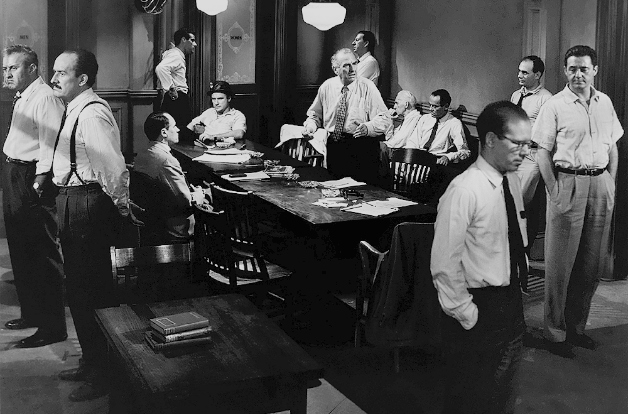
Trapped in: A jury room.
Following a murder trial, the twelve members of the jury are sent to deliberate a verdict. A guilty verdict will mean death for the accused – a teenage boy. As the twelve men try to reach a unanimous decision, personal issues and arguments come to the forefront threatening to disrupt the process that will decide the fate of the accused.
Twelve men talking in a room may not sound like a riveting idea for a film, but 12 Angry Men successfully creates a hot, oppressive atmosphere that encapsulates claustrophobia perfectly. The thick, heavy air of the juror’s room is almost palpable and it is hammered home to the audience the vital importance of getting the ‘correct’ verdict. 12 Angry Men is a fascinating way to study our legal system.
Sequestering a jury in order for them to deliver justice is essentially using human being’s fear of enclosed spaces to force them to make deductions and make good decisions. Again, there is also an element of pressure – the jurors have a time limit to make their decision and each character has their own reasons for the things they say and do.
Clever use of camerawork enables us to get to know these characters in this small space, but is also effective in always reminding us of the confines of the four walls of the room. 12 Angry Men does not just make the audience feel claustrophobic, it is almost a film about claustrophobia itself.
2. The Thing (1982)
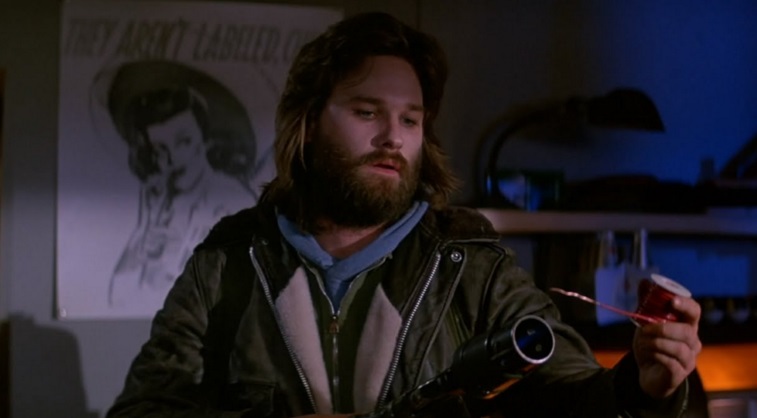
Trapped in: Antarctica.
At a remote Antarctic research station, a group of scientists find a helicopter shooting at a dog. When they take in the dog, it attacks everyone in the camp. The scientists discover that the dog is actually a shapeshifting beast. They become caught up in a vicious battle to stop the creature before it kills them all one by one.
The vastness of the Antarctic may not seem like a setting which would invoke a sense of claustrophobia. However, a setting does not need to be traditionally small in size to make you feel trapped. In any situation where there is no escape, the feeling of claustrophobia actually intensifies.
Adding in fearing for your life and being hunted down, and The Thing is a film which successfully uses all those elements to give the audience a deep feeling of unsettlement and confinement. The sense of mistrust, paranoia, and tension, is a relentless force in this film which makes you feel uneasy throughout its running time.
1. Das Boot (1981)
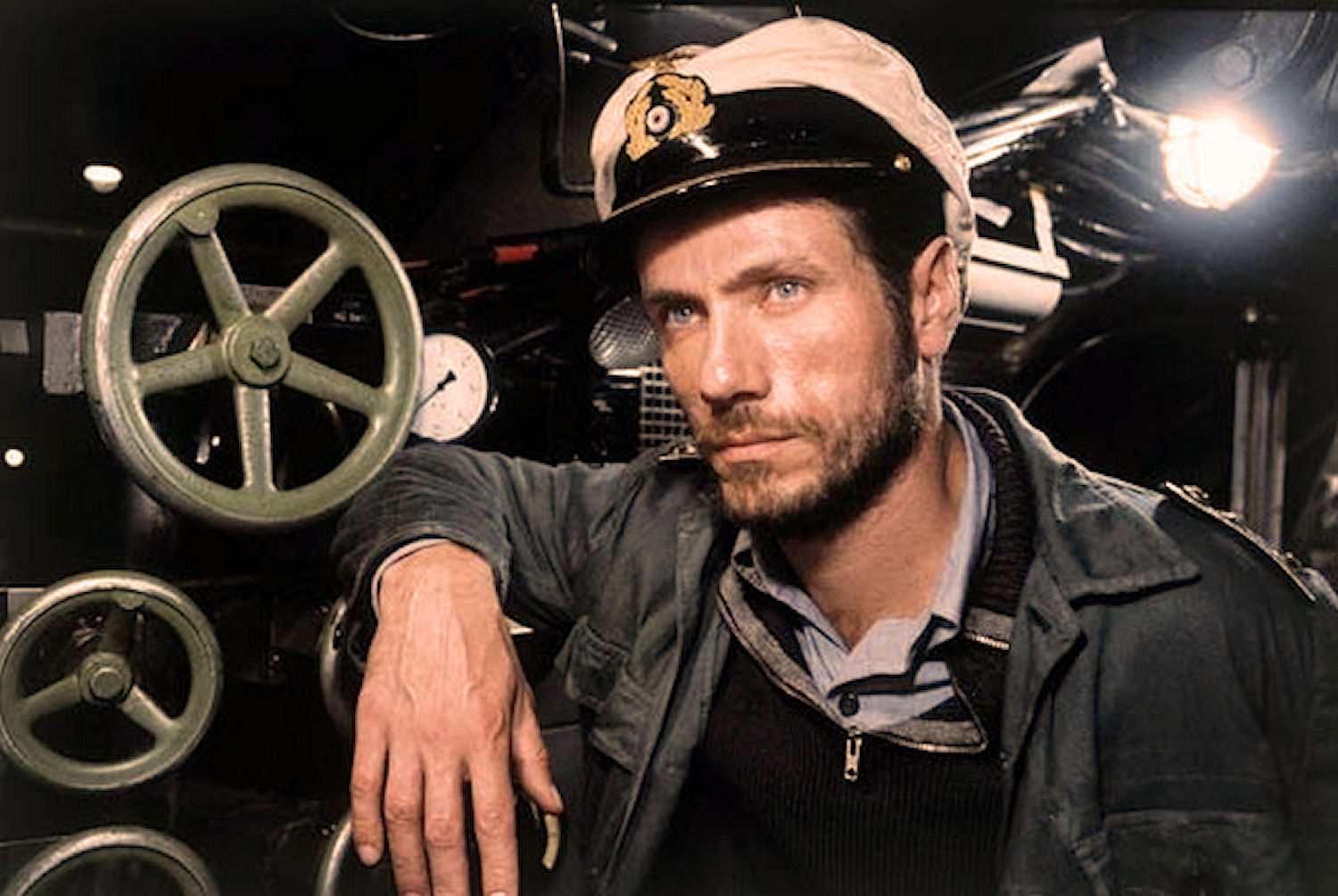
Trapped in: A U-boat.
Das Boot follows the everyday lives of a German submarine crew who have been confined to a submarine for a long time. The crew must battle against tense conflicts, boredom, intense storms, dwindling supplies and the horror of war itself.
Never before has a film shown such a realistic depiction of what it must feel like to spend your every waking (and sleeping) hour in the incredibly confined space of a submarine. Director Wolfgang Peterson filmed inside of a replica U-boat. This made for an interesting filming challenge of having to manipulate a camera in the minimal confines of the U-boat. However, filming in the replica U-boat lends itself well to hammering home the intense feeling of limited space that the crew has to deal with.
The use of handheld shots in scenes where we are hurtled along the metal corridors, also contribute to the enclosed and trapped in feeling. The running time equally adds to the sense of claustrophobia, Das Boot has several different cuts including one that is five hours long, but even the theatrical cut is well over two hours. All these reasons may be why Das Boot has often been called the most claustrophobic film of all time.